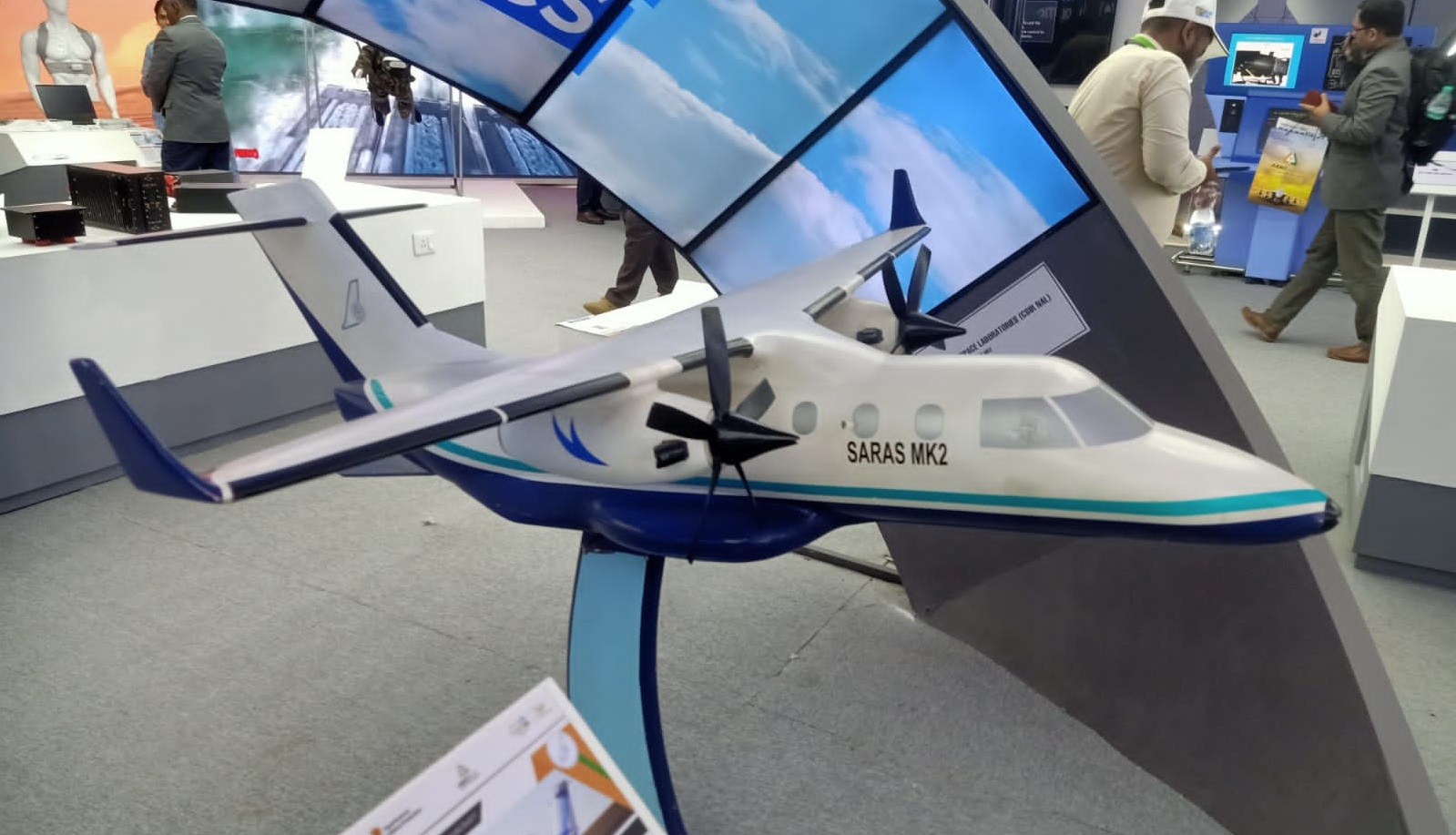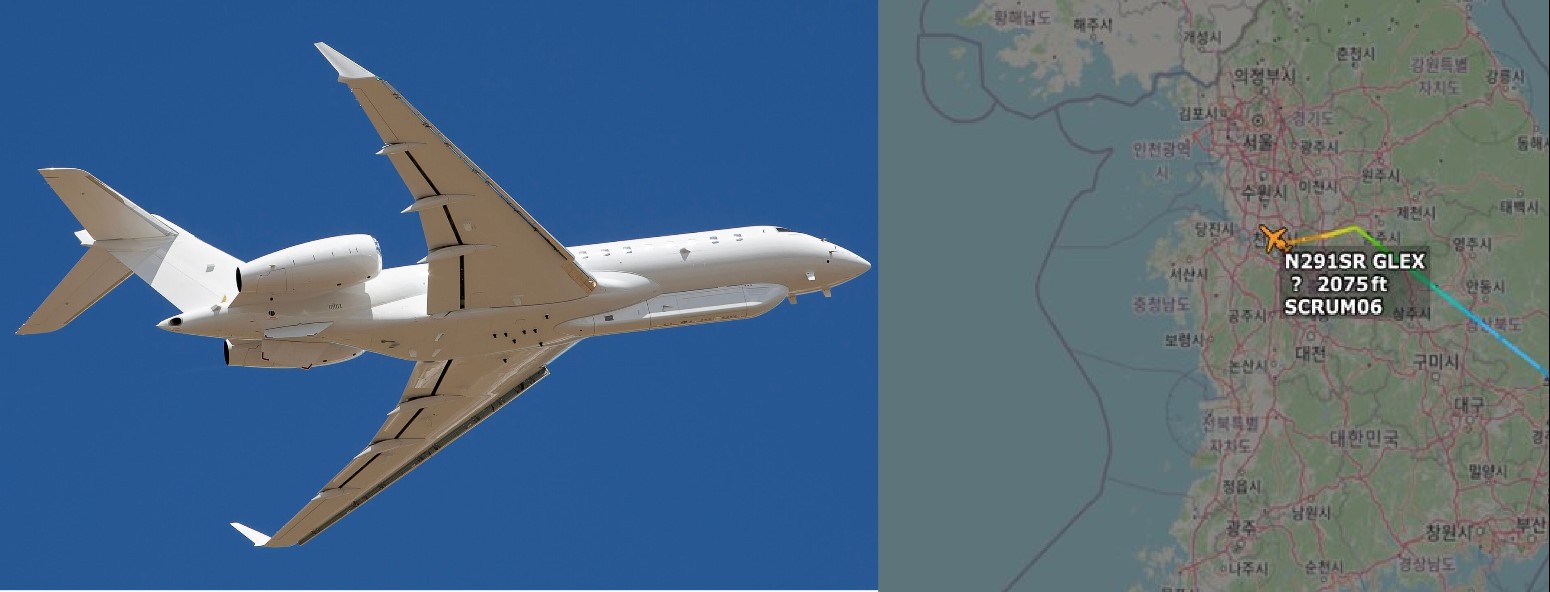SARAS Mk II 19-Seater Indigenous Aircraft Prepares for 2026 Maiden Flight

Defense News ,India :- Exciting progress is unfolding in the Indian aviation industry as the SARAS Mk II program approaches its inaugural flight in 2026. This collaborative initiative between Hindustan Aeronautics Limited (HAL) and the National Aerospace Laboratories (NAL) not only aims to enhance regional connectivity but also signifies a major milestone in India's pursuit of indigenous aircraft development. Let's explore the technical intricacies of this promising project:
Technical Specifications:
Capacity: Accommodates 19 passengers + 2 crew members
Range: Covers an impressive 834 km (521 mi)
Cruise Speed: Achieves 315 km/hr (196 mph)
Service Ceiling: Soars to 25,000 ft (7,620 m)
Engines: Powered by two Pratt & Whitney PT6A-67F turboprop engines (1,213 shp each)
Propeller: Equipped with a Hartzell four-bladed constant-speed propeller
Dimensions:
Length: 18.23 m (59.8 ft)
Wingspan: 17.86 m (58.6 ft)
Height: 5.52 m (18.1 ft)
Technical Breakthroughs:
Composite Fuselage: Utilizes a substantial amount of composite materials, reducing weight and enhancing fuel efficiency.
Glass Cockpit: Features a modern glass cockpit with advanced avionics and navigation systems for heightened safety and pilot awareness.
Retractable Landing Gear: Incorporates retractable tricycle landing gear for improved aerodynamic performance and fuel efficiency.
High-Wing Design: Adopts a high-wing configuration for increased stability, enhanced pilot visibility, and streamlined passenger and cargo handling.
STOL Capabilities: Short Take-Off and Landing (STOL) capabilities allow operation from runways as short as 800 meters, suitable for remote and underserved regions.
Significance of SARAS Mk II:
Reduced Dependence: A successful program will diminish India's reliance on foreign-made aircraft, fostering self-sufficiency in the aviation sector.
Enhanced Connectivity: Targets smaller airports and remote areas, fostering regional economic development and tourism.
Technological Advancement: Fosters indigenous technological expertise, paving the way for future aircraft programs.
Employment Opportunities: Expected to generate substantial employment in the aerospace sector, contributing to the Indian economy.
Current Status and Future Trajectory:
Construction of two prototypes is underway, with consideration for a potential third. The maiden flight is anticipated by late 2026, followed by thorough flight testing and certification processes.
While challenges persist, the SARAS Mk II program symbolizes a significant leap for India's indigenous aircraft development aspirations. Its success promises not only bolstered regional connectivity but also sets the stage for more advanced aircraft programs in the future.



